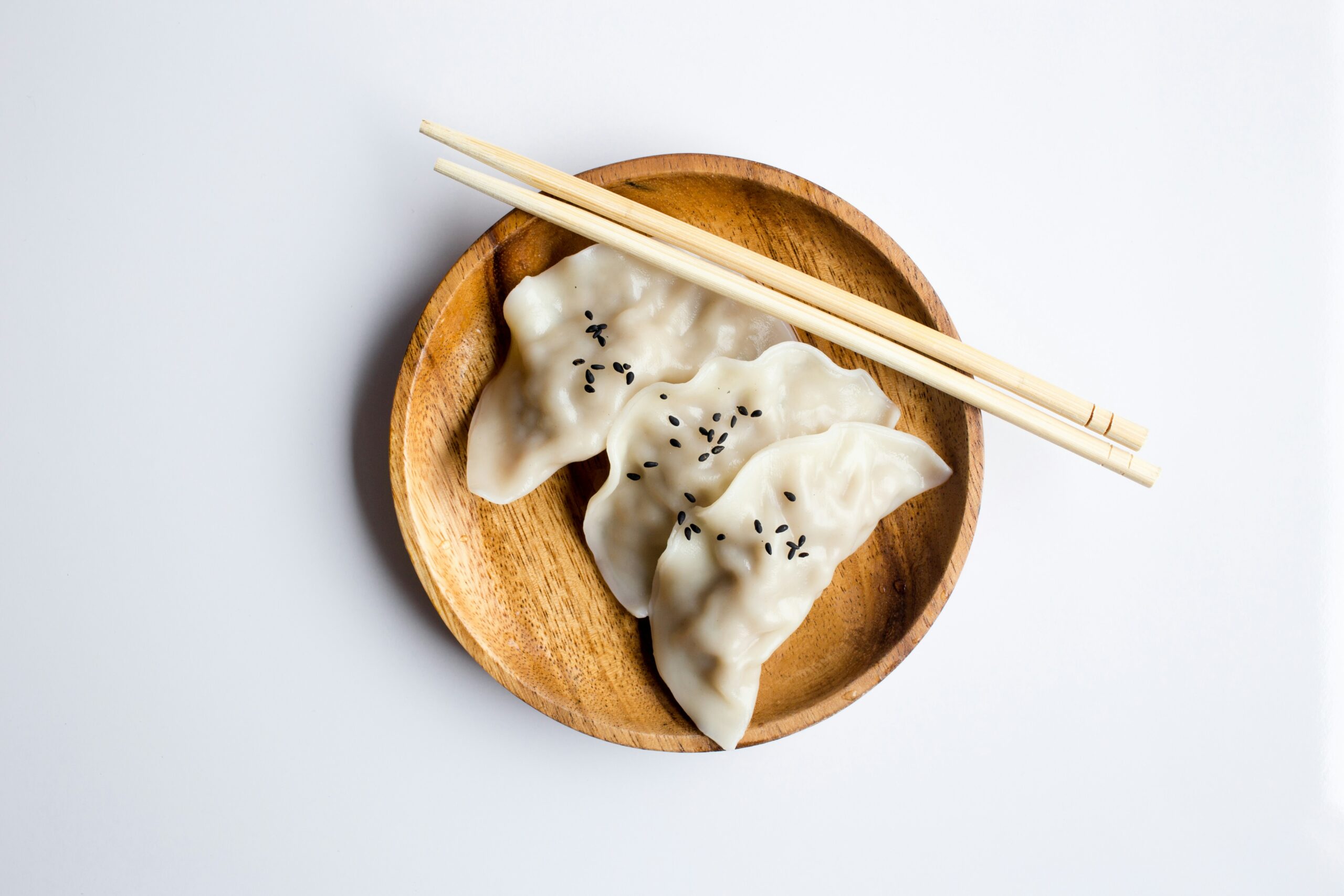Are you someone who loves the comforting and nostalgic flavors of down home cooking, but find yourself needing to adhere to certain dietary restrictions? If so, you may have wondered if it’s possible to adapt these beloved recipes to fit your dietary needs. In this article, we explore whether down home cooking can be modified to accommodate dietary restrictions, allowing you to savor the flavors you love while still staying true to your health goals.

Understanding Down Home Cooking
Down home cooking, also known as comfort food, is a style of cooking that is often associated with traditional Southern cuisine in the United States. It is characterized by hearty and flavorful dishes that are passed down through generations and evoke a sense of nostalgia and comfort. The origin of down home cooking can be traced back to the rural areas of the South, where ingredients were limited and cooking techniques were influenced by the region’s rich agricultural heritage.
Common Ingredients Used in Down Home Cooking
Down home cooking often relies on simple and affordable ingredients that were readily available to families in the past. Some of the common ingredients used include meats such as pork, chicken, and beef, as well as vegetables like collard greens, okra, and corn. Staples like cornmeal, flour, and buttermilk are also frequently used for making biscuits, fried chicken, and cornbread. Additionally, spices like cayenne pepper, paprika, and garlic powder are used to add flavor and depth to the dishes.
Cultural Significance of Down Home Cooking
Down home cooking holds a deep cultural significance in the American South. It represents a connection to the land, family traditions, and the history of the region. The dishes are often associated with warm memories of gatherings and celebrations with loved ones, creating a sense of community and togetherness. Down home cooking has become an integral part of Southern identity, reflecting the unique cultural heritage and the resilience of the people who cooked and shared these meals.
The Need for Dietary Restrictions
Dietary restrictions are often necessary for individuals who have specific health concerns or conditions that require them to modify their food choices. These restrictions may be related to food allergies, intolerances, medical conditions, or personal beliefs. While dietary restrictions can be challenging, it is important to prioritize health and well-being by adapting our eating habits accordingly. It is possible to enjoy the comforts of down home cooking while still adhering to dietary restrictions with some creativity and modifications.

Common Dietary Restrictions
There are several common dietary restrictions that individuals may encounter. These include gluten intolerance or celiac disease, lactose intolerance or dairy allergies, vegetarian or vegan diets, low sodium diets, and nut allergies. Each of these restrictions requires careful consideration and awareness of the ingredients used in down home cooking in order to make appropriate adaptations. It is crucial to understand the specific dietary needs and restrictions of individuals to ensure their safety and enjoyment of meals.
Impact of Dietary Restrictions on Daily Meals and Nutrition
Dietary restrictions can have a significant impact on one’s daily meals and overall nutrition. It may require individuals to eliminate certain ingredients or seek suitable substitutes, which can result in changes to the flavor, texture, and variety of the meals. It is important to ensure that dietary restrictions do not lead to nutritional deficiencies by finding alternative sources of essential nutrients. With proper planning and knowledge, it is possible to maintain a well-balanced and satisfying diet while accommodating dietary restrictions.

Challenges of Adapting Down Home Cooking for Dietary Restrictions
Adapting down home cooking for dietary restrictions can present various challenges. One of the main obstacles is the ingrained food culture and traditions associated with this style of cooking. Changing recipes and substituting ingredients may disrupt the authenticity and familiarity of the dishes. Additionally, finding accessible and affordable substitute ingredients can be difficult, especially for those living in areas with limited options. Lastly, palate acceptability and taste discrepancies can be a barrier, as individuals may struggle to adjust to modified flavors or textures.
Gluten-Free Adaptations for Down Home Cooking
For individuals with gluten intolerance or celiac disease, adapting down home cooking to be gluten-free requires careful consideration. Gluten-rich foods like wheat flour, bread crumbs, and pasta are commonly used in traditional Southern cooking. However, there are numerous gluten-free substitutes available, such as rice flour, cornmeal, and gluten-free baking mixes. Recipe alterations may involve modifying breading techniques, thickening agents, and baked goods to ensure they are gluten-free and still maintain their deliciousness.
Dairy-Free Adaptations for Down Home Cooking
Dairy products play a significant role in the richness and creamy textures of down home cooking. Adapting these recipes for individuals with lactose intolerance or dairy allergies requires identifying dairy sources and finding suitable substitutes. Options like almond milk, coconut milk, and vegan margarine can be used as dairy alternatives in a variety of dishes. Recipe alterations may involve replacing dairy-based ingredients like butter and milk in biscuits, gravies, and desserts to create dairy-free versions that are equally satisfying.
Vegetarian and Vegan Adaptations for Down Home Cooking
Southern cuisine heavily features animal products, such as bacon, lard, and poultry. However, individuals following a vegetarian or vegan diet can still enjoy adaptations of down home cooking by identifying animal-derived ingredients and finding suitable alternatives. Plant-based proteins like tofu, tempeh, and seitan can be used as substitutes for meat. Recipe alterations may involve creating vegetarian or vegan versions of classic dishes like vegetarian collard greens, vegan fried chicken, and meatless jambalaya.
Low Sodium Adaptations for Down Home Cooking
Traditional down home cooking often relies on the use of salt, cured meats, and seasonings that are high in sodium. For individuals on low sodium diets, it is important to identify high-sodium foods and find suitable substitutes. Herbs, spices, and salt-free seasoning blends can help enhance the flavor without adding sodium. Recipe alterations may involve reducing salt amounts, using low-sodium broths, and selecting fresh ingredients to maintain the taste and character of the dish while adhering to dietary restrictions.
Nut Allergy Adaptations for Down Home Cooking
Nuts are commonly used in various forms in down home cooking, from pecans in pies to crushed peanuts as a topping. Those with nut allergies must carefully identify nuts in recipes and find potential substitutes to avoid allergic reactions. Seeds like sunflower seeds and pumpkin seeds can often be used as alternatives for added crunch and texture. Recipe alterations may involve replacing nut ingredients with safe alternatives or omitting them altogether while ensuring the dish still embodies the taste and essence of down home cooking.
Reintroduction of Adapted Down Home Cooking into Daily Meals
Successfully reintroducing adapted down home cooking into daily meals requires some tools and strategies. It is important to communicate with family members and educate them about the dietary adaptations to ensure their understanding and support. Adapting recipes gradually and involving the family in the cooking process can help maintain the soulfulness and comfort of down home cooking. Creating a welcoming and inclusive environment where everyone’s dietary needs are considered can foster a sense of togetherness even when meals are modified.
Learning and Resources
For those seeking to adapt down home cooking for dietary restrictions, there are various learning and resource options available. Cookbooks focusing on modified versions of Southern dishes can provide inspiration and guidance, while online resources offer a plethora of recipes and tips. Classes and workshops specifically tailored to dietary restrictive cooking can provide hands-on experience and expert guidance. Additionally, consulting with culinary professionals and experts in modified down home cooking can offer personalized advice and support on adapting and creating flavorful and satisfying meals.

